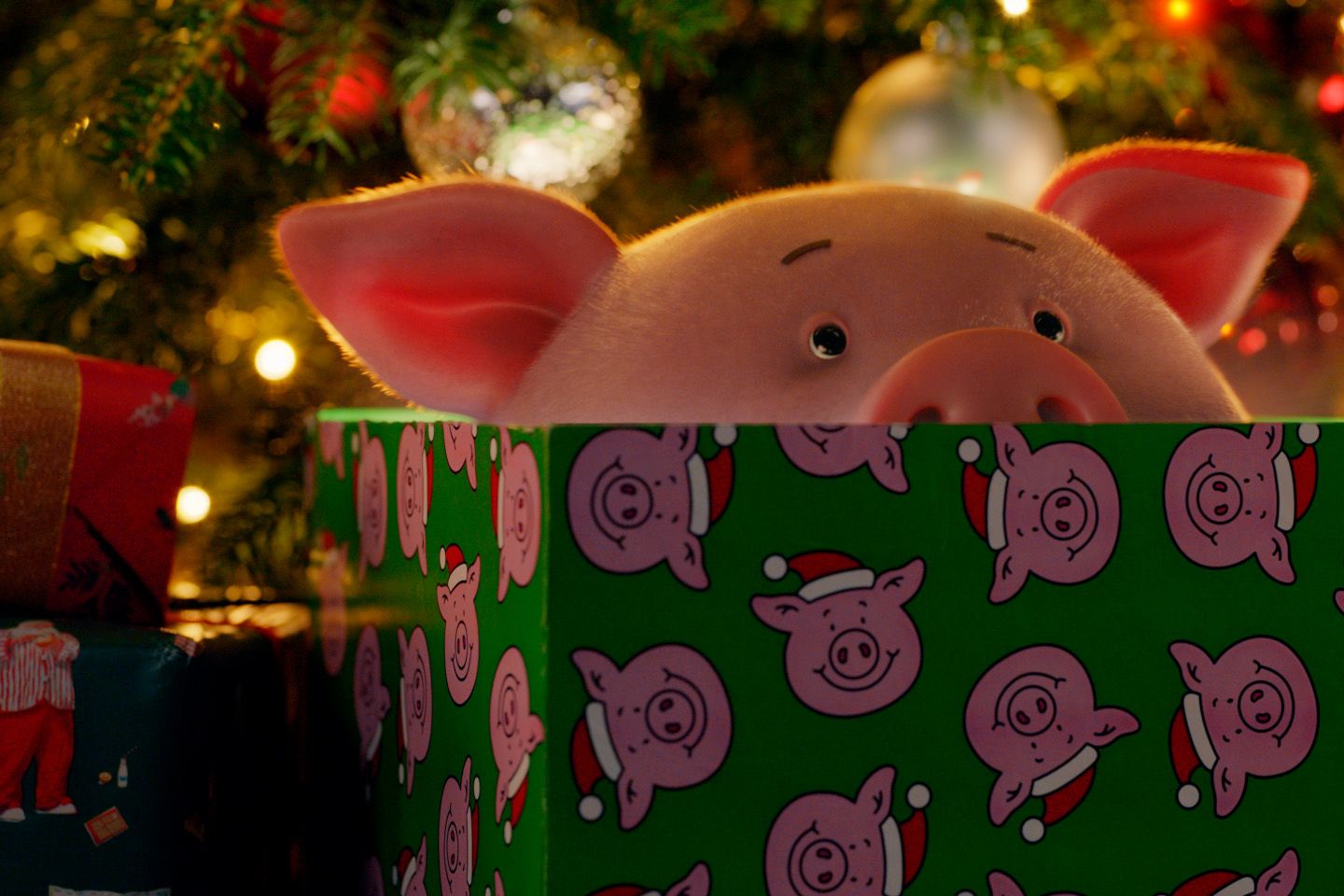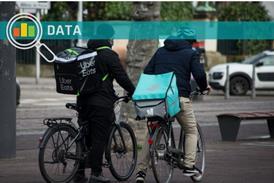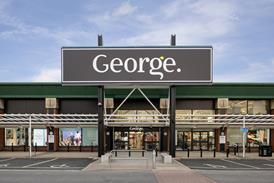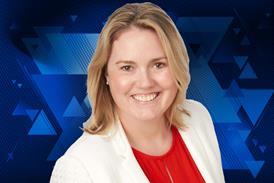How will the World Cup impact retail sales this Christmas?

For the first time in the competition's 92-year history, football's World Cup will take place in the winter this year. Concerns over the heat in host nation Qatar convinced governing body FIFA to push the tournament back - matches will take place between November 21 and December 18, with the final being contested just a week before Christmas.
Will the unusual timing bring tidings of joy for retailers, or prove to be a nightmare before Christmas?
- The first winter World Cup is expected to cannibalise some Christmas sales
- 77% of consumers plan to cut back Christmas spending
- TV sales not expected to benefit from traditional World Cup bump
- Festive food and drink sales to be brought forward
- High demand for Christmas ad space to push up media costs
With the FIFA World Cup in Qatar kicking off on November 21 and running until the week before Christmas Day, the hope of a more predictable festive season for retailers this year is a distant dream.
Overlapping with Black Friday and Cyber Monday as well as the traditional Christmas shopping period, the World Cup has never been held outside of the summer before, meaning retailers are once again in uncharted territory.
Set against the backdrop of the worsening cost-of-living crisis, which is expected to deepen in the autumn but is already forcing customers to cut back on non-essential spending, sales during this year’s golden quarter are likely to look very different.
“There is consternation about how it will play out,” says James Hardiman, senior analyst at the British Retail Consortium. “Of course, how far England and Wales go in the tournament will have a big impact.”
There is no comparable period, admits Will Higham, consumer futurist and chief executive of trends consultancy Next Big Thing. “Instead, we can look to changes in attitude because that drives changes in consumer behaviour.”
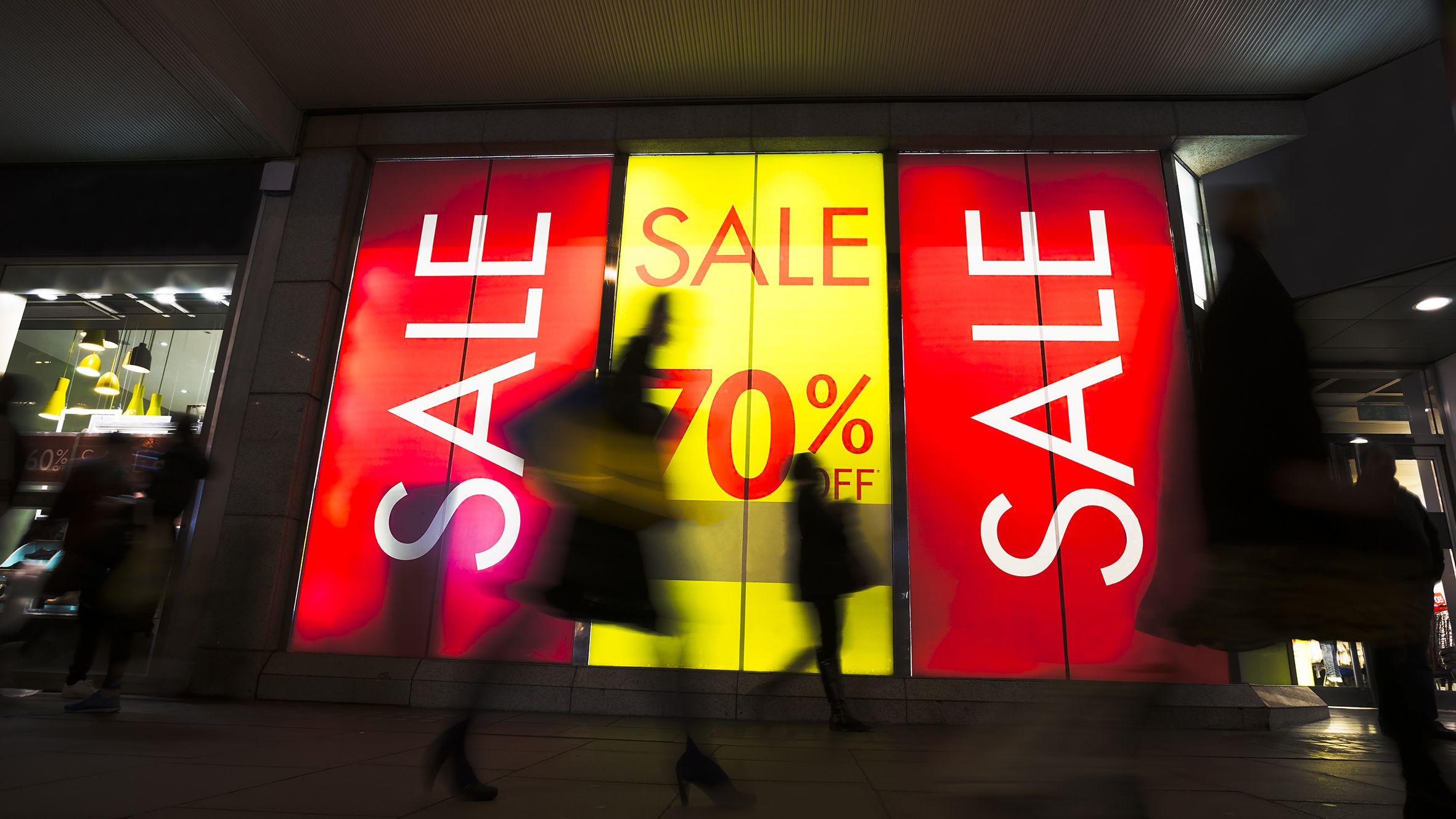
The World Cup is likely to detract from Black Friday and Christmas spend
The World Cup is likely to detract from Black Friday and Christmas spend
Consumers are making it clear they plan to reduce Christmas spending as pressure on household finances mounts.
According to findings from the Retail Economics-Hyperjar Consumer Panel in June, 77% of consumers plan to cut back on Christmas this year with 39% saying they plan to spend a lot less.
Even against this challenging backdrop, Higham believes there is still an appetite for a celebratory season, encompassing both Christmas and the World Cup, and that retailers should not underestimate British people's love of football. He points to the huge interest in the UEFA Women’s Euros, which drew 4 million viewers for England’s opening match.
Higham adds: “I predict we will spend on the World Cup, it will be seen as a good excuse to spend but we will spend less and be more careful. It will probably cannibalise some of the Black Friday and Christmas spend.”
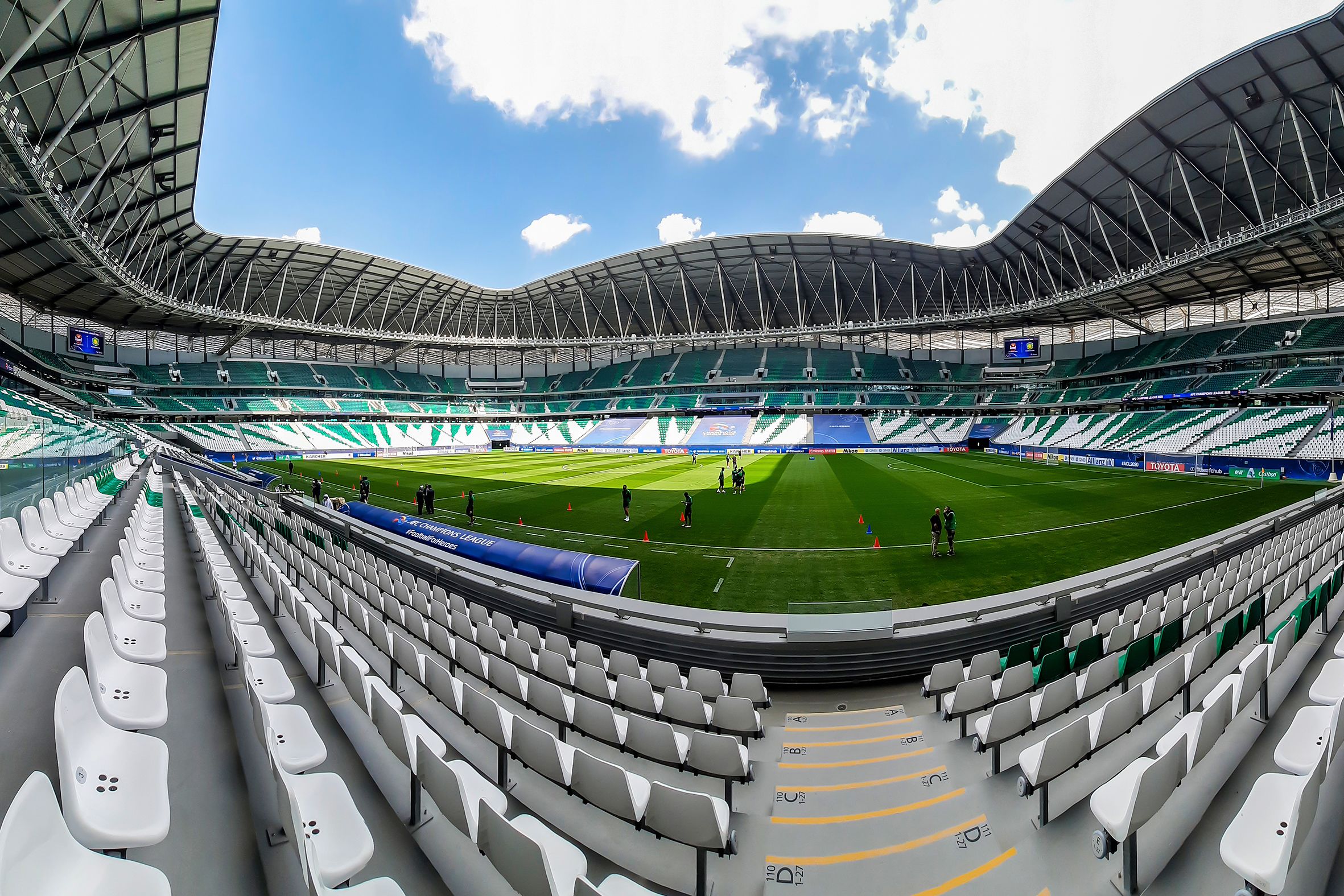
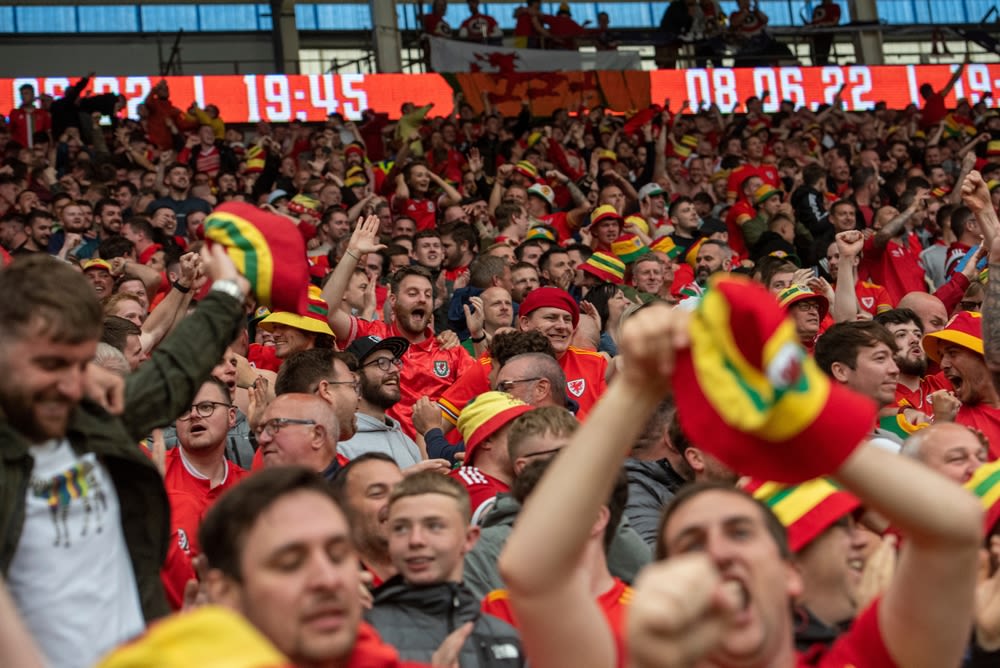
A different sort of festive season
In previous years, major sporting events and Christmas would have their own spending patterns, albeit with some overlap in certain categories. This year will see those patterns collide.
Traditionally, the big winners from sports events such as the World Cup are electricals - notably TVs - apparel, driven by sales of football shirts, and food and drink as people host viewing parties.
This year will see the fortunes of these categories play out differently, particularly in electricals. The Retail Week Christmas Forecast report predicts sales values in the category will decline 2% in the final quarter, despite inflation, while volumes will be down by 13%.
Previous World Cups have increased TV sales by up to 5%, but according to data from the GfK Market Insights Panelmarket this is not expected in 2022. Such trends can be attributed to the squeeze on consumer finances, but it is also a pandemic ripple effect.
TV sales boomed in 2020 as consumers chose to upgrade and replace TVs while stuck at home in lockdown, so demand has naturally stalled.
Before 2020, global TV sales volumes were stable at around 146 million units per year, excluding North America, but in 2021, this fell to 129 million.
“The winter tournament will be a step into the unknown, with the two biggest drivers of TV sales clashing and then culminating in an actual England match on Black Friday“
However, the combination of the World Cup and Black Friday remains a significant sales opportunity. Matt Newman, category director for consumer electronics at Currys, reveals TVs will be the retailer’s key category focus for the World Cup.
“The winter tournament will be a step into the unknown, with the two biggest drivers of TV sales clashing and then culminating in an actual England match on Black Friday itself,” he says.
“What we do know is that the event always enhances customer excitement and increases triggers to purchase a new TV. In spite of the clash, we expect the fundamentals to remain consistent – customers will still want great product, great price, great service.”
Preparing for peak
But such a big sales opportunity is not without its challenges. “One of the bigger tests will be getting such a huge volume of TVs through our network in such a condensed window,” Newman adds. “However, we’ve been planning for this with our supplier partners for the best part of a year now and see no challenges to matching demand.”
Steve Jackson, head of category for technology at John Lewis, says the retailer is preparing for customers to invest in technology, including bigger TVs, projectors and better soundbars.
He adds: “The cost of living may see customers tightening their belts, but we typically see sales of these tech items increase both around Christmas and for sporting events, so with the two falling together we’re making preparations to ensure we can meet customer demand.”

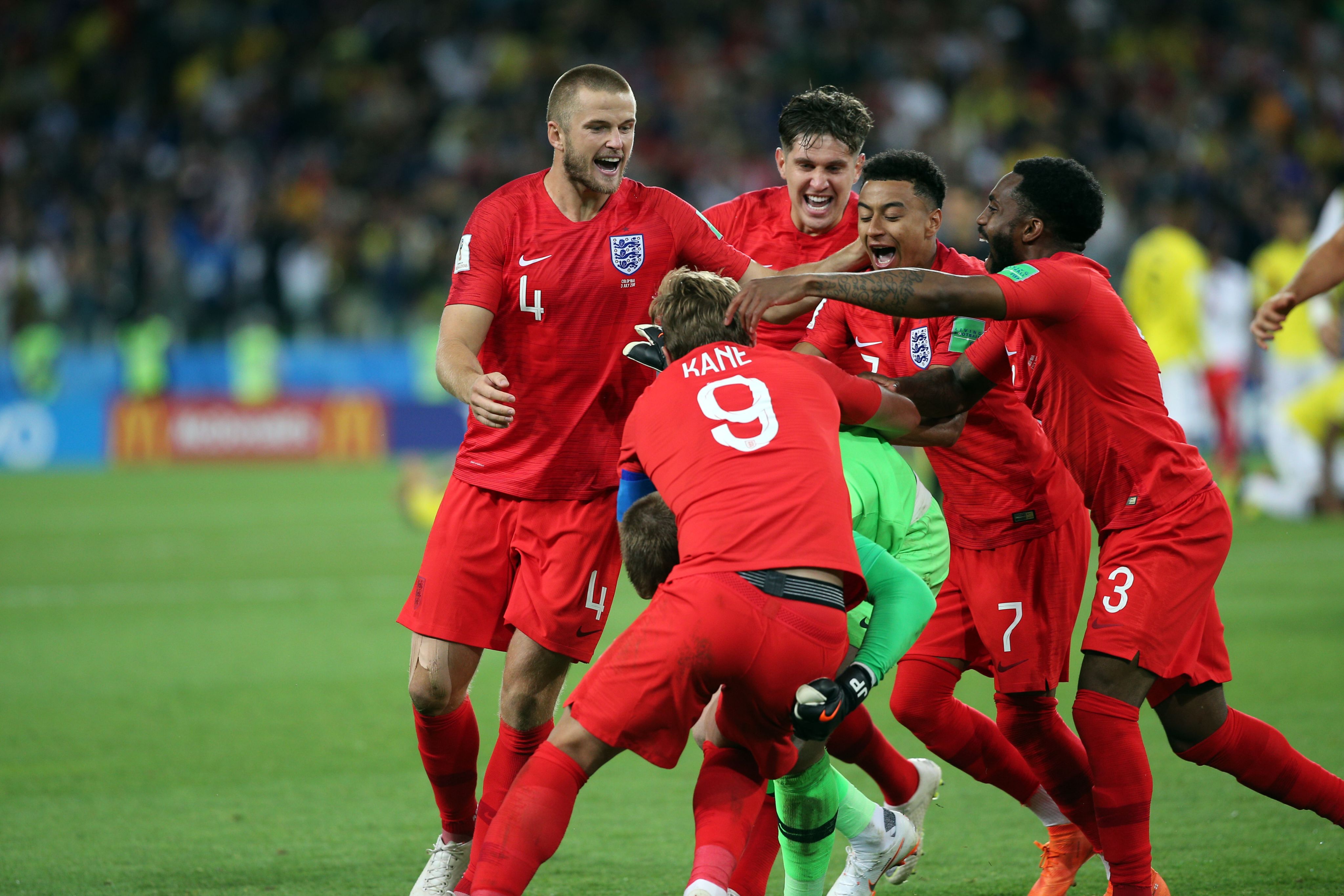
Shifting spending habits
However, coming out of Covid, consumers are placing more importance than ever on being together and gathering with friends and family, and the combination of Christmas and the World Cup is a perfect opportunity to do just that.
Next Big Thing’s Higham believes consumers would rather be frugal with presents than sacrifice time together. The grocery category is well positioned to make the most of this sentiment.
Food and drink are essential to our celebrations for both Christmas and the World Cup, although BRC’s Hardiman says sales of the latter are heavily dependent on how well the home nations perform.
The Christmas Forecast suggests value sales growth in grocery will be driven by high levels of inflation, with volumes likely to decline by around 2%.
Food and grocery are also expected to face more competition from the hospitality sector this year. Consumers shied away from social events last Christmas after the Omicron Covid variant took hold.
Natalie Mitchell, director of own brand at Waitrose, says its Christmas lines are designed with celebrations in mind, so will suit festive and football audiences.
She adds: “People may look to Christmas canapés and our other seasonal ranges to put on a spread as they host friends to watch a game.”
Mitchell says Waitrose will also be drawing inspiration from global cuisines for its party food, rather than just traditional Christmas flavours, to tie into the World Cup, as well as focusing on convenient catering.
“We’re expecting sales to be brought forward this year with the World Cup as people get together and use dips alongside ‘picky bits’ for easy entertaining,” she says.
Consumer spend will only stretch so far, the BRC’s Hardiman points out. “Normally at Christmas non-food categories have their biggest time of year – and that really ramps up the closer you get to Christmas,” he says. “Some spending will be drawn away from gifting, usually essential purchases at this time of year.”
Health and beauty is forecast to be the only saving grace for non-food sales and one of the strongest-performing categories overall. Driven by the continued shift back to offices and the return of socialising, Retail Week’s Christmas Forecast predicts sales values will rise 4.2%, with a 0.2% rise in volumes.
With a number of shifting variables as we head into the autumn, predicting how the golden quarter will play out is tricky. Succeeding in this challenging environment will require retailers to lean on everything they have learnt in the past two years about being agile, adaptable and flexible.
All change for Christmas marketing
Christmas wouldn’t be Christmas without the major seasonal advertising campaigns that, in some cases, have become a major annual event. With the World Cup also a significant draw for advertisers, it is expected to distort the advertising market.
According to a senior marketer at a major retailer, the World Cup has the potential to significantly change the dynamic of this year’s Christmas marketing: “Media costs will increase because non-traditional Q4 advertisers will consume both air time and media.”
The major retail advertisers are expected to weather these issues more easily. Neil Henderson, chief executive of advertising agency St Luke's, which has previously worked with retailers including Ikea, says the smaller retail advertisers that focus their TV spend on the run-up to Christmas are likely to be pushed out completely. He adds that contingency plans, such as shifting spend to digital channels, should already be in place.
Henderson advises retailers to create core campaign ideas and messaging that encompass the World Cup, Black Friday and Cyber Monday, and Christmas.
“Christmas spirit and togetherness is a good platform for 2022, rather than indulgence. There is scope to build football into that, rather than creating separate campaigns. However, it should be a Christmas campaign first and foremost,” he concludes.
